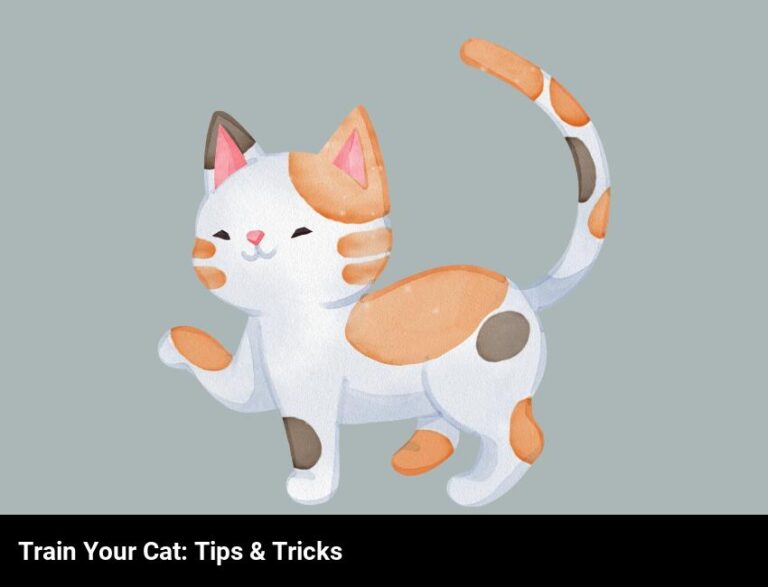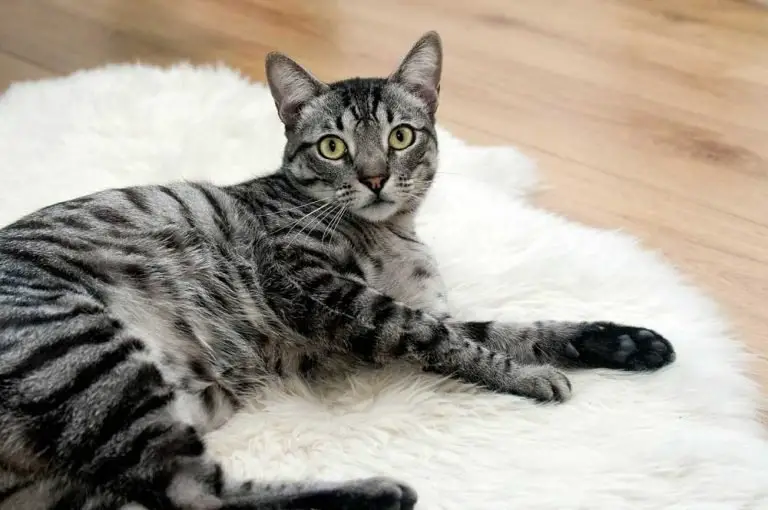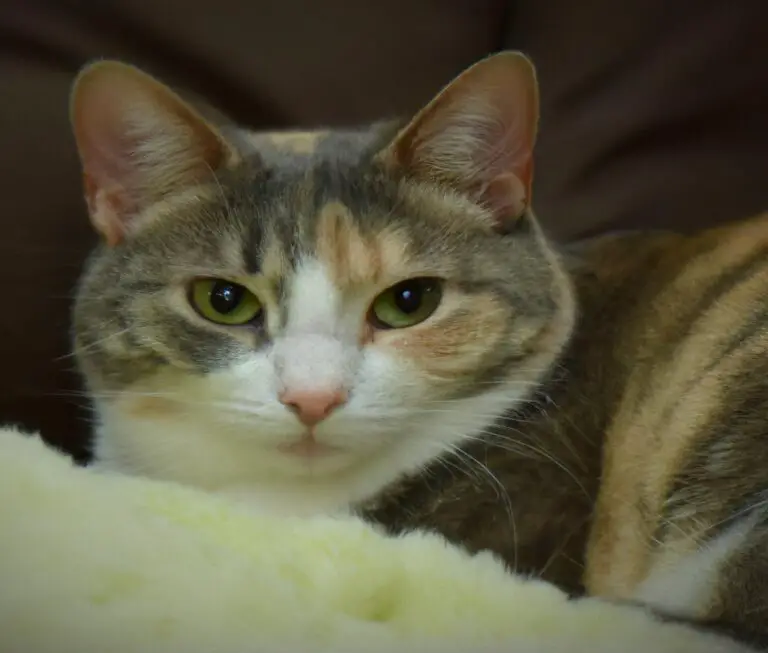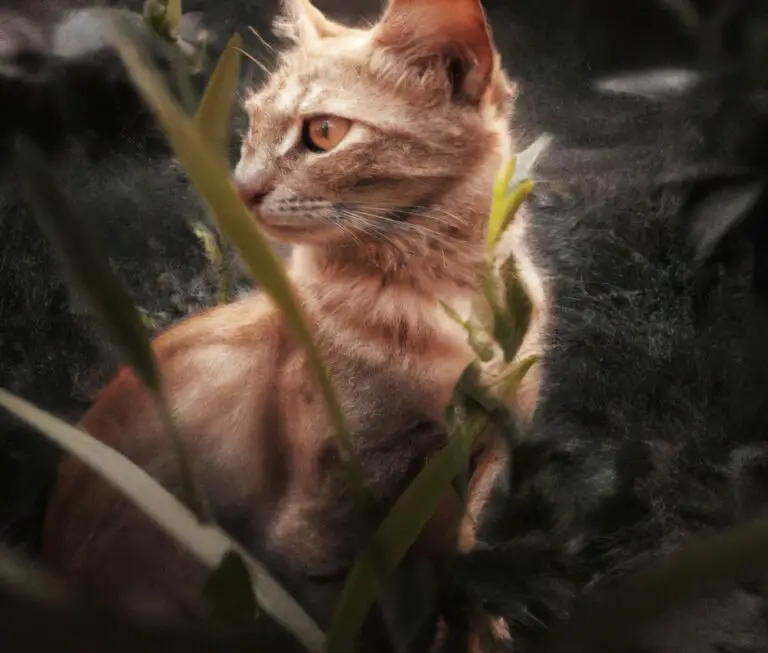Why Does My Cat Lick And Then Bite My Other Cat’s Neck?
Key Takeaways:
- Establishing dominance: Licking and biting the neck is a common behavior for cats to establish dominance over other cats.
- Grooming instinct: Cats may lick and bite each other’s necks as a form of grooming, showing affection and strengthening social bonds.
- Playful behavior: Some cats engage in neck licking and biting as a playful behavior, similar to how kittens play with each other.
- Territory marking: Neck licking and biting can also be a way for cats to mark their territory and establish their scent on other cats.
Have you ever witnessed your cat engage in a peculiar behavior of licking and then biting another cat’s neck?
If so, you’re not alone! As a cat behavior expert, I’ve been fascinated by these interactions between feline friends.
In this article, we’ll delve into the intriguing world of cat behavior and explore the reasons behind this seemingly odd behavior.
From social bonding and communication to dominance and territory marking, there are several fascinating explanations for this behavior.
Let’s dive in and uncover the secrets behind your cats’ neck licking and biting rituals.
| Reasons | Explanation |
|---|---|
| Likely Dominance Behavior | Cats may exhibit this behavior to establish dominance over the other cat. It is a display of their social hierarchy. |
| Mating Behavior | During mating season, cats may engage in neck biting as part of their reproductive behavior. |
| Playful Interaction | Some cats engage in play behavior that involves neck biting. It can be a way of expressing affection or testing boundaries. |
| Scent Marking | Neck biting can also be a way for cats to leave their scent on the other cat. It helps in marking territory and identifying familiar individuals. |
| Excess Energy or Attention Seeking | Cats may engage in neck biting due to excess energy or a desire for attention. It can be a way of seeking stimulation or initiating play. |
Understanding Cat Behavior
Understanding cat behavior can help you build a stronger bond with your feline friends.
The Social Behavior of Cats
Cats are social creatures, but they have unique behavior patterns.
They communicate using various signals like body language, vocalizations, and scent marking.
Here are some key aspects of their social behavior:
- Territoriality: Cats mark their territories through urine spraying and scratching. This helps them establish boundaries and avoid conflicts with other cats.
- Hierarchy: Within multi-cat households, cats form a social hierarchy. Dominant individuals tend to assert their authority by displaying aggressive behaviors like hissing or swatting.
- Play and bonding: Cats engage in social play, which helps strengthen their social bonds. Playful interactions can involve chasing, pouncing, and wrestling. It also helps cats relieve stress and burn off energy.
- Grooming: Grooming is a social behavior through which cats establish and maintain bonds. Mutual grooming reinforces social connections and helps cats alleviate stress and anxiety.
- Mutual respect: Cats are also capable of showing respect for each other’s boundaries. They often develop a sense of shared space and learn to coexist peacefully, respecting one another’s personal territories.
Understanding these social behaviors can help cat owners create a harmonious environment for their feline companions.
Providing enough resources (like food, water, and litter boxes) and ensuring individual space can reduce conflicts and promote social well-being among cats.
The Significance of Grooming Behavior in Cats
Grooming behavior in cats serves multiple purposes. Firstly, it helps cats maintain hygiene by keeping their fur clean and free from debris.
Secondly, grooming behavior helps cats bond with one another, exhibiting social cohesion within a group.
Thirdly, grooming can serve as a form of communication, conveying affection or establishing dominance. Overall, grooming behavior is an important aspect of feline behavior, promoting both physical and social well-being.
So if you see your cats grooming each other, it’s a positive sign of their bond and social harmony.
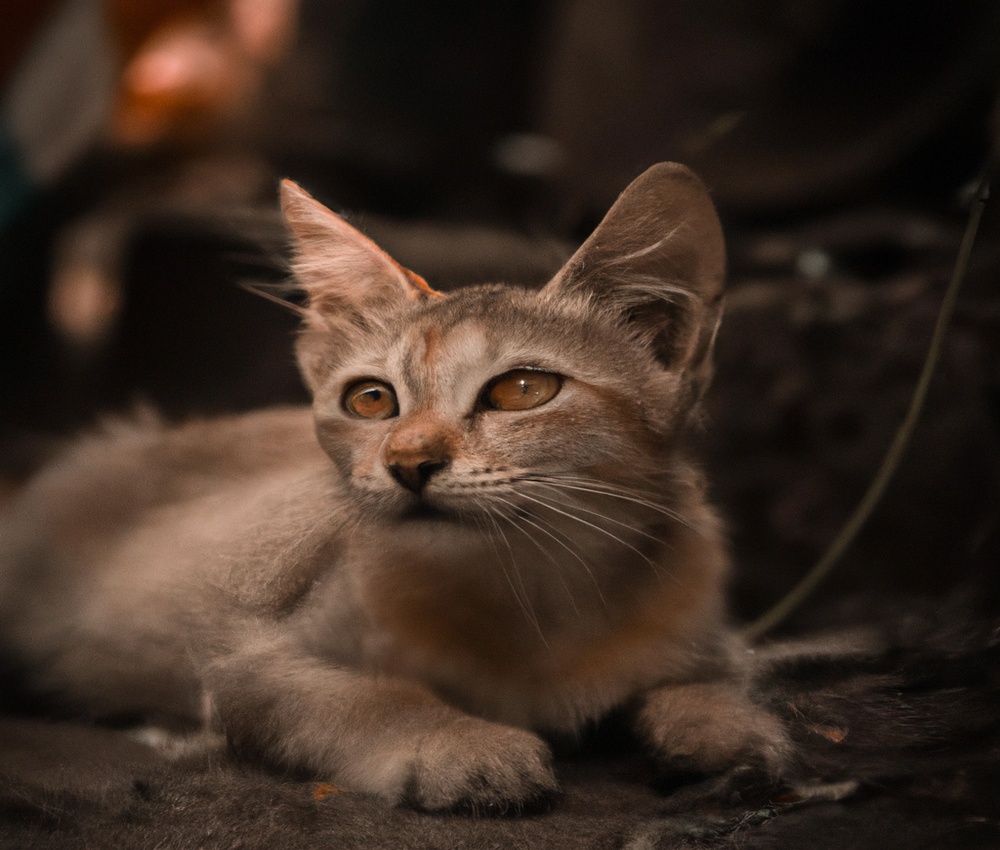
Why Cats Lick Each Other
Cats lick each other for social bonding and communication purposes.
Social Bonding and Communication
Social bonding and communication are essential aspects of cats’ behavior.
They use grooming as a way to strengthen social bonds with other cats.
It promotes trust and cooperation within their group.
Licking also serves as a form of communication, such as showing affection or signaling submission.
It’s their way of maintaining social harmony and establishing their hierarchy.
Cats have intricate ways of connecting and expressing themselves, and grooming plays a crucial role in their social interactions.
Reinforcement of Hierarchy and Dominance
Reinforcement of Hierarchy and Dominance in cats is a common behavior. It helps establish and maintain their social order within a multi-cat household.
Licking followed by biting the neck is a way for cats to assert dominance or hierarchy over another cat.
It is their way of showing who is in charge. However, this behavior can also be triggered by play or affection.
It’s important to monitor their interactions to ensure it doesn’t escalate into aggression.
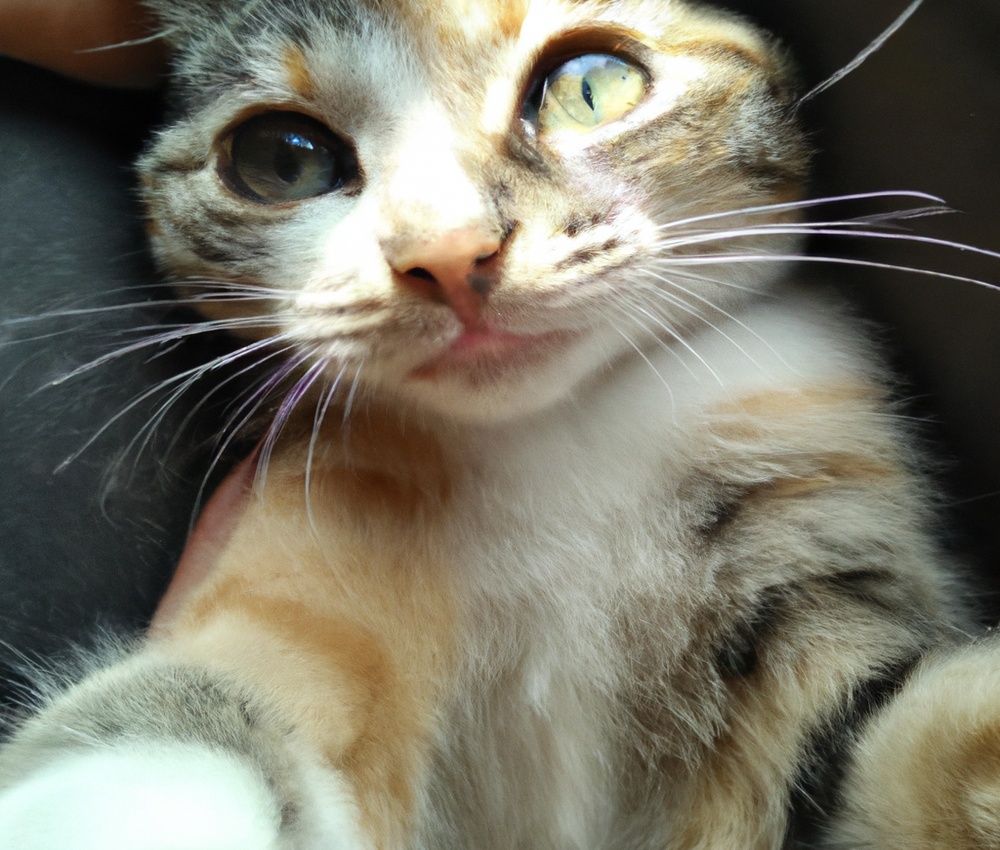
Sharing Scents and Marking Territory
Sharing scents and marking territory are important behaviors for cats. When cats lick each other, they are actually exchanging scents, which helps them develop a familiar group smell.
This scent-sharing is a way for cats to bond and establish a sense of unity within a social group.
In addition to bonding, licking and grooming also serve another purpose—marking territory. Cats have scent glands in their mouths, so when they lick another cat, they are leaving their own scent behind.
This scent marking helps cats establish ownership and boundaries within their environment.
Licking followed by biting the neck is also a natural behavior. When a cat bites the neck of another cat, it is a way of asserting dominance and control.
This behavior is more commonly seen in cats living in multi-cat households, where social hierarchies need to be established.
Overall, sharing scents and marking territory are instinctive behaviors for cats. They play a crucial role in maintaining social bonds and establishing boundaries within their group.
So, if you see your cats licking and biting each other, it’s just a natural way for them to communicate and maintain their social structure.
Biting Behavior in Cats
Cats may exhibit biting behavior for various reasons, including playfulness, establishing boundaries and dominance, or out of fear or aggression.
Playfulness and Predatory Behavior
Playfulness and predatory behavior are common in cats. When cats engage in play, they often exhibit mock hunting behaviors, such as pouncing, chasing, and swatting.
It’s their way of staying active and honing their hunting skills.
However, it’s important to differentiate between playfulness and actual predatory behavior. Playful behavior in cats usually involves interactive games with toys or other pets.
They might chase, wrestle, or playfully bite, but these actions are not meant to harm.
On the other hand, predatory behavior is more serious. Cats may stalk, pounce, and bite with intent to catch and kill prey.
To manage playfulness and predatory behavior:
- Provide your cat with appropriate toys and playtime to redirect their energy towards play.
- Avoid using hands or feet as play objects to prevent your cat from associating them with prey.
- If your cat displays excessive predatory behavior, consult with a veterinarian or animal behaviorist for guidance.
Understanding and managing playfulness and predatory behavior will help ensure a harmonious environment for you and your feline companions.
Establishing Boundaries and Dominance
Establishing boundaries and dominance is a natural behavior in cats.
They do this to assert their position and maintain order within their social hierarchy.
Cats can use various methods to establish their dominance, such as body language, vocalizations, and physical contact.
Scratching, hissing, or swatting are common signs that cats use to set boundaries with each other.
It’s important to allow cats to establish their hierarchy as long as it doesn’t lead to aggressive behavior.
As a cat owner, it’s your role to provide a safe and secure environment and ensure that all cats have their own space and resources.
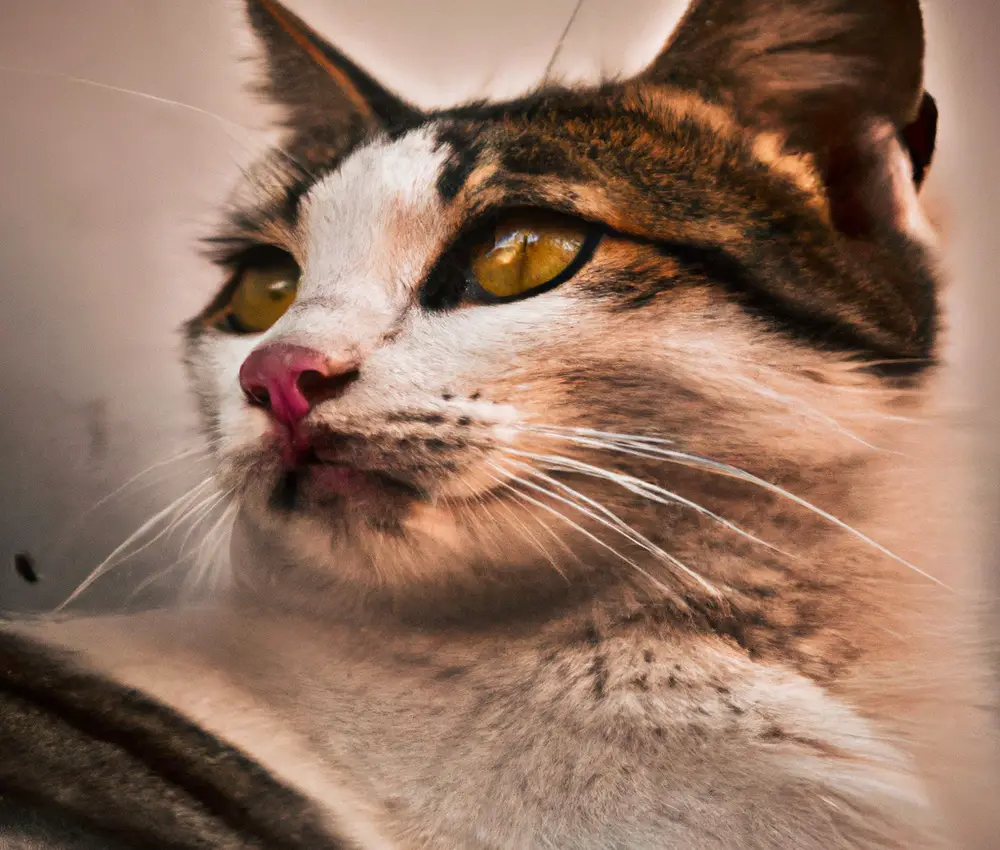
Fear or Aggression
Fear and aggression are two common emotions exhibited by cats. When a cat is afraid, it may behave aggressively in order to protect itself.
This can manifest as biting, scratching, or hissing.
Aggression, on the other hand, can occur due to territorial disputes, resource guarding, or social hierarchy issues. It’s important to understand the underlying cause of your cat’s behavior in order to address it appropriately.
Seeking guidance from a veterinarian or animal behaviorist can be helpful in managing and modifying these behaviors.
Reasons behind Licking and Biting the Neck
Cats often lick and bite each other’s necks for three main reasons: marking territory, grooming and social bonding, or displaying dominance and establishing hierarchy.
Marking the Neck as “Owned” Territory
Cats have a unique way of marking their territory, and one way they do this is by marking the neck of another cat as “owned” territory. When one cat licks and bites the neck of another, it is a way of leaving their scent and asserting dominance.
This behavior is common among cats, especially when they are establishing their hierarchy within a group.
So, if you see your cats engaging in this behavior, it’s just their way of marking their territory and establishing their place in the group.
Grooming and Social Bonding
Grooming is not just about keeping your cat’s fur clean and tidy—it also plays a crucial role in social bonding.
When cats groom one another, it helps to strengthen their relationship and establish a sense of trust.
The act of licking and biting the neck is a common grooming behavior among cats.
It’s their way of showing affection and strengthening their social bond.
Pay attention to your cats’ grooming habits, as it can indicate a healthy and harmonious relationship between them.
Displaying Dominance or Establishing Hierarchy
Displaying dominance or establishing hierarchy is a common behavior among cats.
When one cat licks and then bites another cat’s neck, it is typically a way of asserting dominance.
It is their way of showing who is in charge and establishing their place in the social order.
This behavior is more likely to occur when cats are first introduced or when there is a change in the dynamics within a multi-cat household.
It is important to monitor their interactions and provide appropriate guidance to maintain a peaceful coexistence.
Signs of a Healthy Interaction vs. Aggressive Behavior
Gentle and Playful Interactions
Gentle and playful interactions between cats are crucial for their bonding and socialization.
These interactions can include gentle head bumps, play wrestling, or even grooming each other.
Cats may also engage in playful chasing, pouncing, and batting at each other.
It’s important to note body language and ensure that all interactions remain relaxed and non-aggressive.
Playful interactions can help cats build trust and strengthen their relationship.
What to Do If Your Cats’ Interactions Become Problematic
If your cats’ interactions become problematic, there are a few steps you can take to address the issue.
Providing Sufficient Resources and Space
Providing sufficient resources and space for your cats is essential to prevent problematic interactions. Here are a few tips:
- Food and Water: Ensure each cat has their own bowl of food and water in separate areas to avoid competition.
- Litter Boxes: Have multiple litter boxes located in different areas to minimize territorial disputes.
- Vertical Spaces: Provide tall cat trees, shelves, or perches to give each cat their own elevated space to relax and observe.
- Hiding Spots: Create hiding spots like covered beds or enclosed boxes for each cat to retreat if they feel overwhelmed.
- Play and Exercise: Engage in regular play sessions with each cat individually to release pent-up energy and reduce stress.
- Separation: If conflicts persist, consider temporarily separating the cats into different rooms to promote a sense of calm and prevent further aggression.
Remember, each cat needs their own resources and space to feel secure and content. By ensuring these needs are met, you can help foster a peaceful and harmonious environment for your feline companions.
Positive Reinforcement and Training
Positive reinforcement and training can be highly effective in shaping your cat’s behavior.
One key aspect of positive reinforcement is rewarding good behavior with treats, praise, or playtime.
This helps to reinforce desired behaviors and encourages your cat to repeat them.
Another technique is clicker training, where you use a clicker to mark the desired behavior and then reward your cat.
Consistency is important in training, so be patient and persistent.
Frequently Asked Questions
Why does my cat groom my other cat in the first place?
Cats groom each other as a form of social bonding and to show affection.
Grooming releases endorphins, making it a pleasurable experience.
It’s also a way for cats to maintain cleanliness.
Cats have scent glands on their necks, so by grooming each other’s necks, they are spreading their scent and marking their territory.
This behavior is completely normal and a sign of a strong bond between your cats.
Are all cats prone to exhibiting this behavior?
Are all cats prone to exhibiting this behavior? While some cats may engage in licking and biting behavior towards other cats, it is not a universal trait among all felines.
Cats exhibit various behaviors, and this particular behavior can be influenced by factors such as individual personality, social dynamics within the cat group, and past experiences.
It’s important to understand that each cat is unique and may have different ways of interacting with others.
Can the licking and biting behavior be prevented or modified?
Can the licking and biting behavior in cats be prevented or modified?
Yes, it is possible.
Here are a few tips to help address this behavior:
- Provide a calm environment: Create a peaceful atmosphere in your home to reduce stress and prevent aggression between cats.
- Spay or neuter your cats: This can help reduce hormonal-driven behavior, including territorial aggression.
- Increase playtime and enrichment: Engage your cats in interactive play to release excess energy and redirect their focus away from biting behavior.
- Separate cats if needed: If the licking and biting behavior becomes too frequent or aggressive, consider separating the cats temporarily to prevent conflict.
- Consult with a veterinarian or animal behaviorist: Professional guidance can provide insight into the specific dynamics between your cats and offer tailored strategies for behavior modification.
Remember, each cat is unique, and it may take some trial and error to find the best approach.
Patience, consistency, and positive reinforcement are key in modifying this behavior.
Final Verdict
Understanding cat behavior is crucial for cat owners to maintain a harmonious multi-cat household.
The licking and biting behavior seen in cats is a complex interaction that serves various purposes including social bonding, communication, and establishment of hierarchy.
It is important to differentiate between healthy interactions and aggression, and if problematic behavior arises, providing sufficient resources and space, positive reinforcement, and seeking help from a certified animal behaviorist can help address the issue.
With this knowledge and proactive measures, cat owners can ensure a peaceful coexistence among their feline companions.

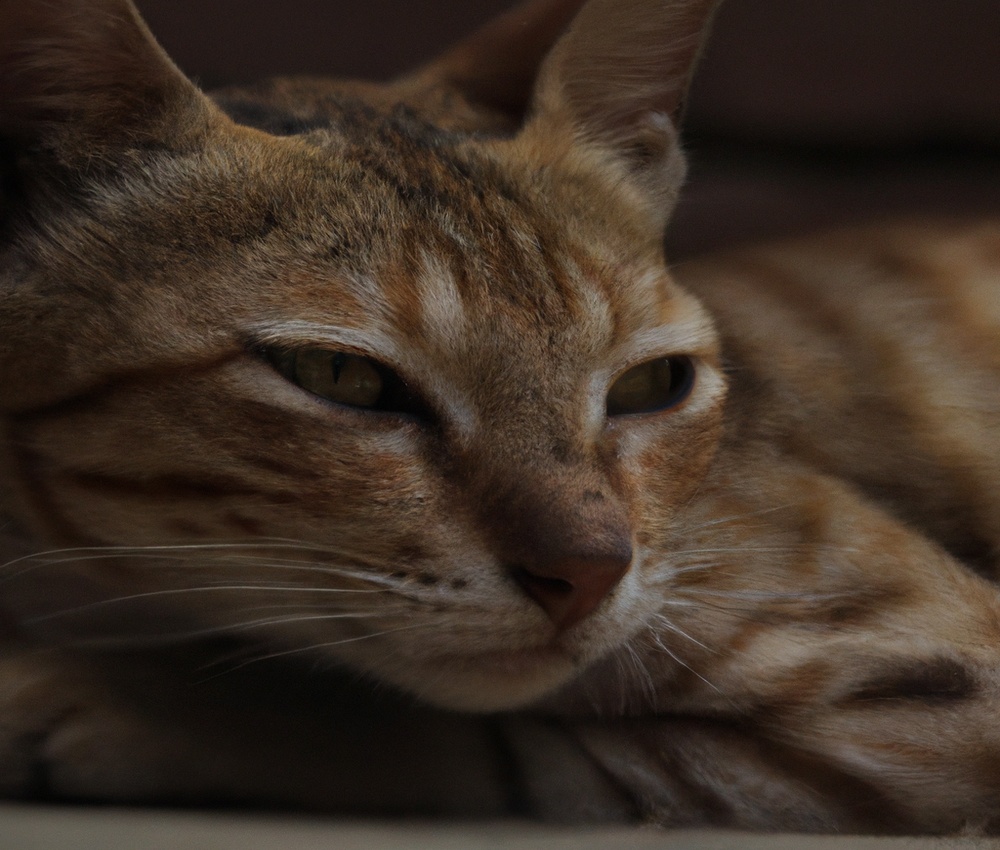
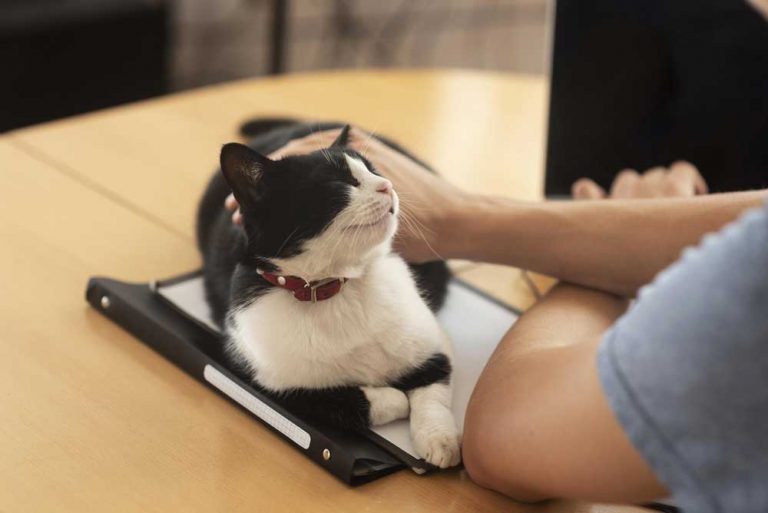
![Why Do Cats Wag Their Tails? [Revealed: 10 reasons]](https://atractivopets.com/wp-content/uploads/2020/11/Cats-Wag-Their-Tails-768x528.jpg)
